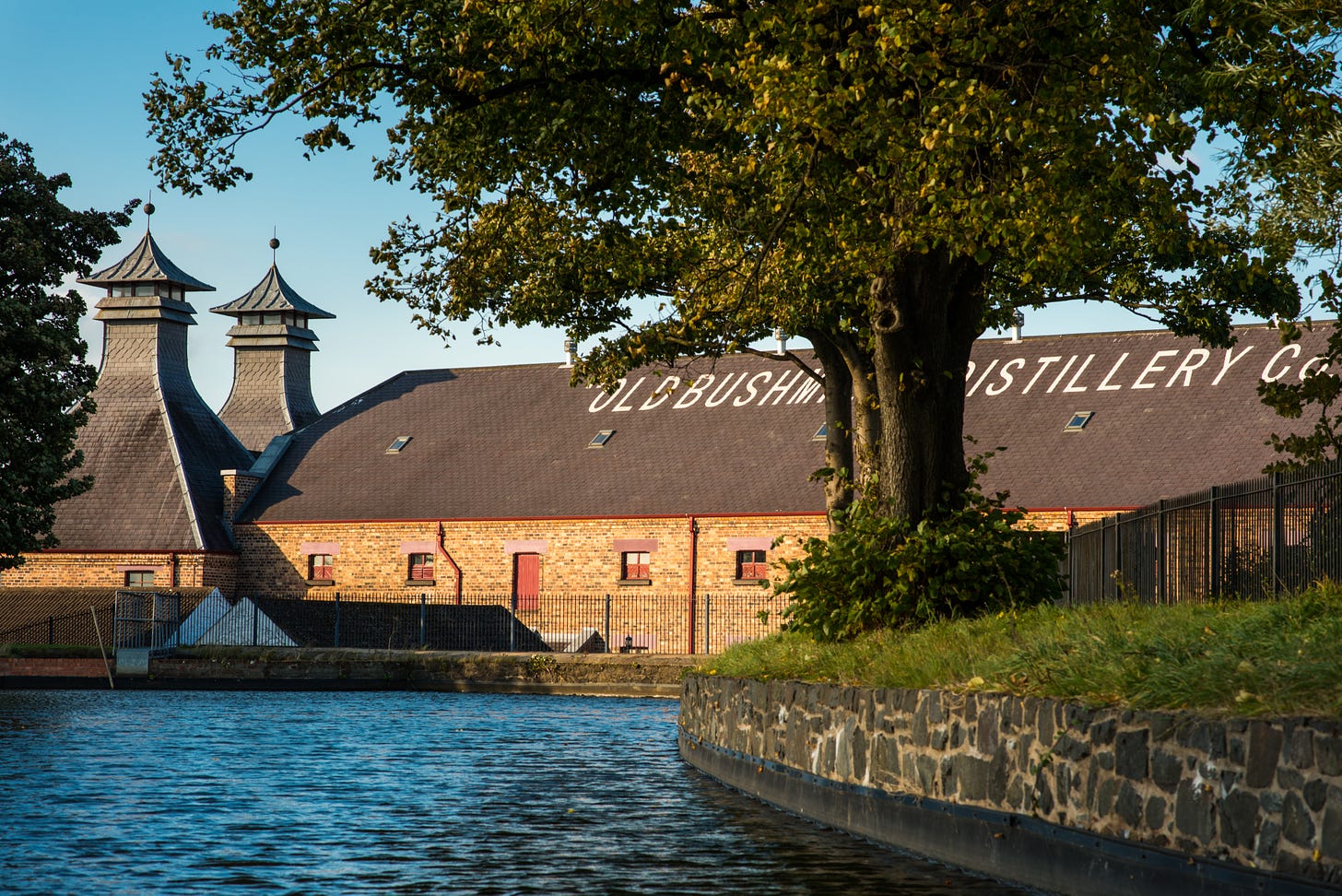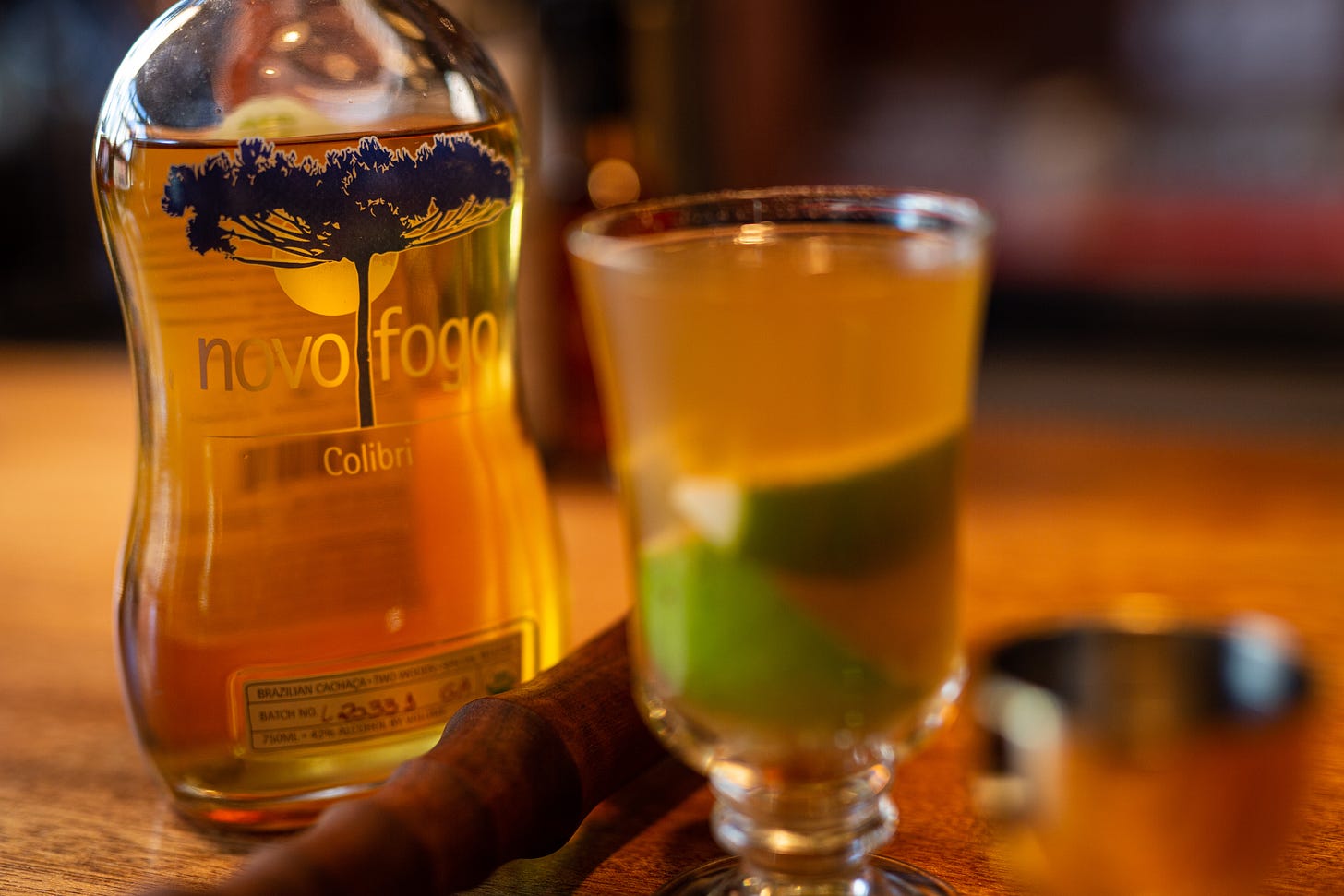Is the way Americans tend to think of Prohibition all wrong? One of the most informative books I read recently was Mark Shrad’s Smashing the Liquor Machine: A Global History of Prohibition, which aims to overturn stereotypes of temperance as a movement driven by rural Protestant busybodies and reclaim it, for better or worse, as a progressive cause. As a libertarian liquor trafficker myself, it’s not a book you might expect me to like. I do have some criticisms, but it’s also one of the best books I read last year. I explain why in a review for Washington Examiner Magazine. Here’s a tease:
Schrad writes not as an advocate for Prohibition nor as a demonizer of drink. He notes in the preface that he composed much of the book with Manhattan in hand. He aims instead to break down stereotypes of prohibitionists, offering a fuller and more sympathetic view of activists such as notorious hatchet-wielder Carrie Nation and highlighting figures less often remembered for their anti-liquor stances: William Jennings Bryan, Susan B. Anthony, Frederick Douglass, Kemal Ataturk, Mahatma Gandhi, Hjalmar Branting, and Leo Tolstoy, to name a few.
“My hypothesis,” Schrad writes, “is that prohibitionism was part of a long-term people’s movement to strengthen international norms in defense of human rights, human dignity, and human equality, against traditional autocratic exploitation. More precisely, temperance advocates held that building the wealth of the state or of moneyed elites upon the misery and addiction of society was no longer appropriate.” Schrad inverts the contemporary American view of Prohibition as a restriction on individual freedom imposed from above to one in which the least well-off in society struggled from below to liberate themselves from predatory liquor traffic.
I don’t use my old fashioned weblog for much these days, but I have been keeping up with my annual best books posts. If you’re in search of new reading material, check out my list of favorite reads from 2021 here.
Social distancing
To read: Should you read the new Franzen novel? I was on the fence going in, knowing that it’s about 600 pages, reportedly the start of a new trilogy, and hits on familiar themes. After a clunky opening, it seemed like it might be a bit of a slog. The relatively uneventful plot, pre-internet 1970s setting, and slow unfolding pay off though, giving the midwestern family whose story he tells here more memorable characterization than those in his recent books, and it doesn’t take long to become completely engrossing. Verdict: There’s always someone else you could be reading, but ignore the haters. If you enjoy Franzen novels, Crossroads is worth your time.
To listen: Earlier this week I got to catch The Beths on tour from New Zealand in Portland. They’re fantastically fun, charming, and high-energy live. They’re in the US for another month (including stops in Austin, DC, and New York), and opening act Lunar Vacation is going into my listening rotation too. Bonus: Since you can’t listen to Neil Young on Spotify anymore, how about this cover of “Harvest Moon” by Widowspeak? They’re coming to Portland in May.
To drink, neat: A few months ago I got to finally leave the United States for the first time since COVID hit, escaping to Dublin, Belfast, and the coast of Northern Ireland for a press trip to visit the Old Bushmills Distillery. It’s hard not to like a whiskey when you’re sipping it on the stones of the Giant’s Causeway or pulled from outstanding casks with the master blender, but I certainly have a new appreciation for Bushmills single malts now, especially their port-finished 16 year. I wrote more about the experience in a piece for Inside Hook.
To drink, hot: Recently my friend Matan of Bull in China barware asked me if I’d shoot some photos and video with his excellent bar gear. Of course I said yes… and then proceeded to shoot an entire video using his beautiful wooden muddler upside down. This is the reason I’m not a professional model. Well, a reason. But now we know that his muddler is reversible! Anyway, the drink is the important thing here, so let’s talk about the Hot Caipirinha.
You probably know the Caipirinha as an eminently refreshing summer cocktail, and it’s great for that. But what about the winter? A few years ago a friend mentioned to me that it’s not uncommon to find hot renditions of the drink served at Christmas markets in Germany. I was intrigued and set out to make a version. The core elements of the Caipirinha — cachaça, lime, and sugar — are all still here, but adjusted for a cold weather cocktail. Instead of silver cachaça, I use a barrel-aged one. Novo Fogo Barrel-Aged works great, but even better is their Colibri bottling that brings in spice notes from amburana wood. In place of white sugar, I make a spice syrup, simmering a demerara sugar syrup with cinnamon and star anise. And obviously instead of shaking with ice, I just top the whole thing with hot water from a kettle. Here’s a link to the video of how to make it on Instagram (with advanced reverse muddle technique!) or you can just follow the recipe below:
1 1/2 oz barrel-aged cachaça
1/2 oz winter spice syrup*
1/2 lime, trimmed and cut into wedges
hot water
nutmeg, for garnish
Pre-heat a tempered glass mug with hot water. Discard the water and muddle the lime and syrup in the glass. Add the cachaça, top with hot water, and stir gently to combine. Grate fresh nutmeg over the drink for extra aromatics.
To make the syrup: Combine 1 cup demerara sugar and 1/2 cup water in a pot with winter spices; I used a few cinnamon sticks and a single star anise, but you could choose other spices if you like. Heat and stir until the sugar dissolves, cover and steep on low heat for about 15 minutes, and then strain and bottle.





